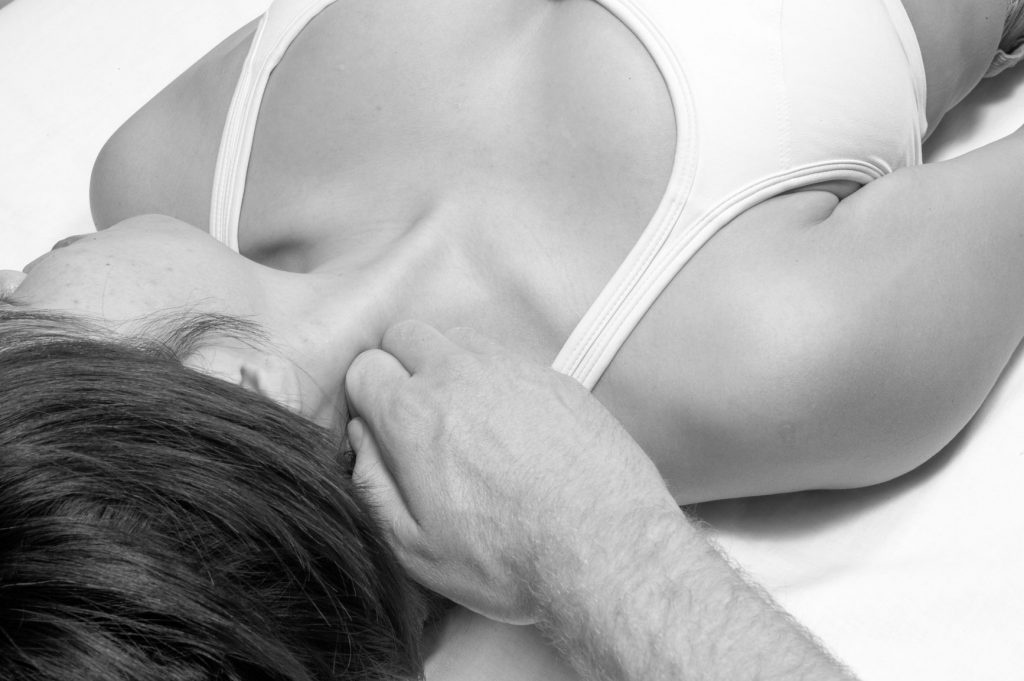Rolfing works systematically on the body’s network of connective tissue (outer wrapping of individual muscles, groups of muscles, tendons and ligaments). Through a combination of slow, applied pressure in conjunction with gentle movements, the connective tissue (fascia) is released, allowing it to become soft, rehydrated and pliable. The fascia is the body’s organ of structure, giving the body it’s shape and determining the limits of its movement.
Rolfing can reverse the effects of injury and environmental influences through the connective tissue. Healthy tissue is hydrated, supple and elastic, but can easily thicken and lose mobility if compressed, torqued or twisted. In turn it can lose elasticity and actually stick to itself and harden when injured. Likewise tissue can become flaccid and toneless if overstretched or underused. These conditions limit muscle mobility and movement in the affected area thereby allowing gravity to pull the body’s natural alignment out of balance. This results in the compensation of other muscle groups which can progress into new patterns of misalignment leading to stress, pain, soreness, tension or lack of energy to a whole different area of the body.

